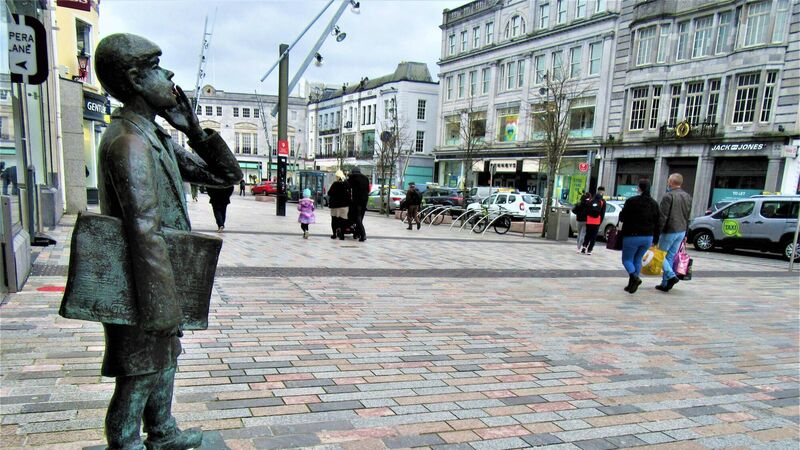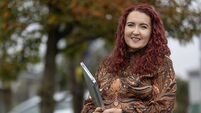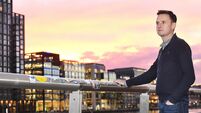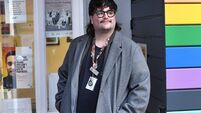Rebel City walking: Discovering Cork on foot

The Echo Boy on Patrick's Street, Cork. Picture Ethel Crowley
I love maps: the old-fashioned kind. I spread my map of Cork city out on the kitchen table and decide, mug of tea in hand, what new route to try today within my allowed 5kms. Being denied foreign travel, new cities are off-limits, so I try to find new elements in the familiar, to create a little spark that will sustain me for now.
The city as we know it is so different these days, so my approach to it has to be different too. I can’t go shopping - the commercial function is paused – so I have to look elsewhere for little pockets of happiness. But how do you do that in such eerily empty streets?

Celebrating 25 years of health and wellbeing











